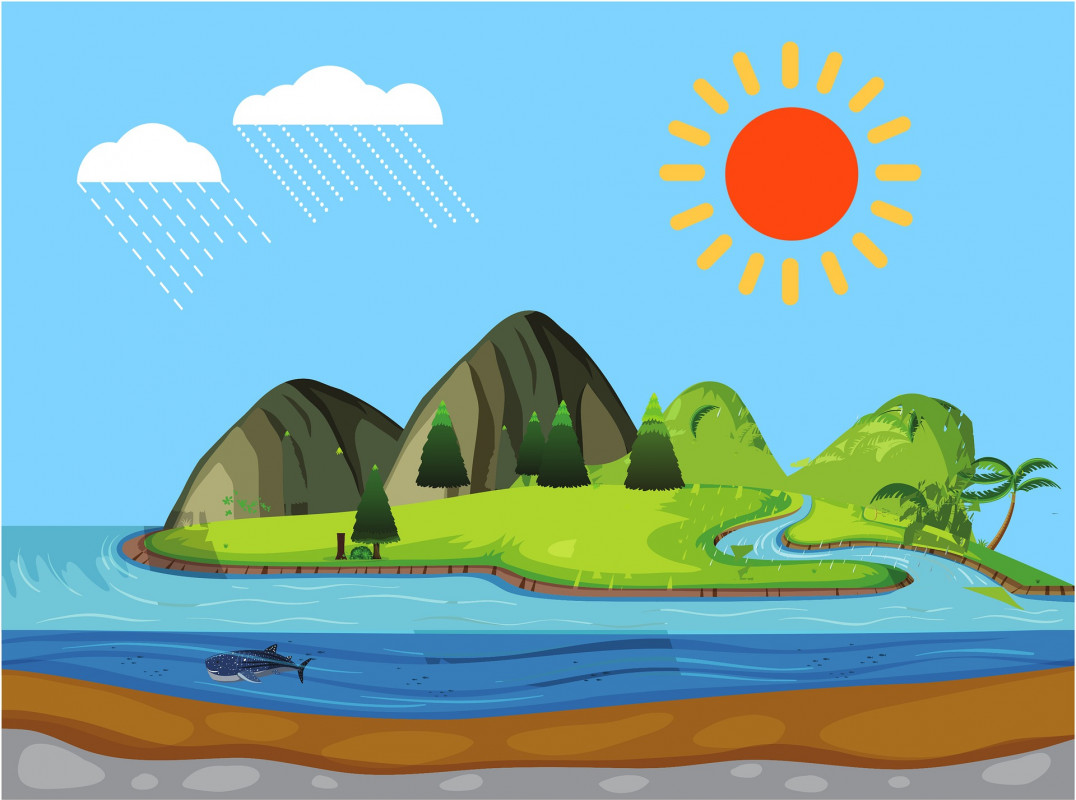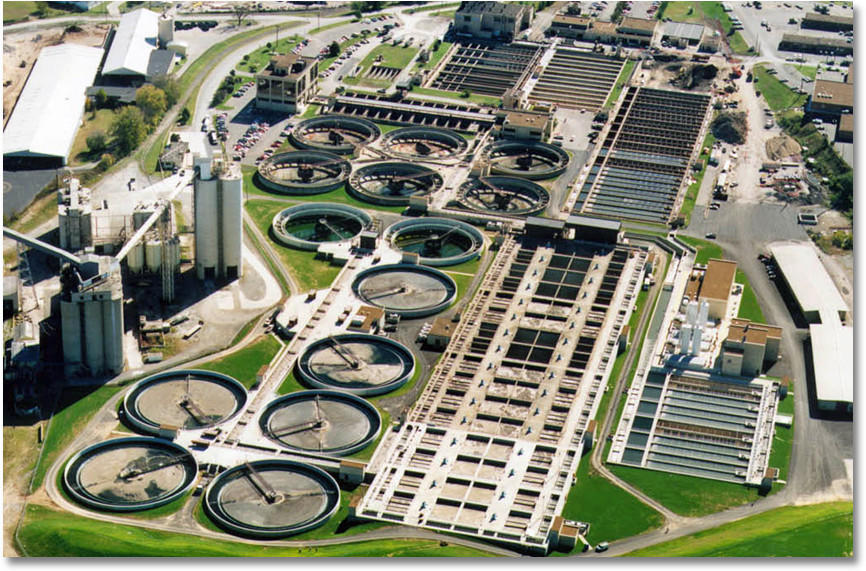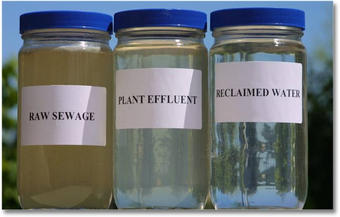 Would you believe it if I told you your shower water once passed through a dinosaur?
Would you believe it if I told you your shower water once passed through a dinosaur?
All the water on Earth has been here since the beginning. It cycles endlessly through the water cycle: from liquid rain to water vapor in the air, to solid ice and snow. The water in our homes may have been frozen in a glacier, flowed in the Amazon River, or even drunk by a T-Rex!
In nature, water is cleaned when it’s filtered through soil or plants. Or, when water evaporates all the pollutants are left behind and pure water molecules float into the air. People have created another method to recycle water. This process copies nature to clean water quickly so it can be reused again.
What Is Recycled Water?
If you live in a town, all the water going down the drain in your home probably flows to a wastewater treatment plant. In the countryside, most homes use onsite treatment, called a septic system.
At the wastewater treatment plant, the water is cleaned and then dumped out. In places with water shortages, people have improved the wastewater plant’s cleaning processes to clean the wastewater even more. Then it can be reused for irrigation or toilet flushing. This is called recycled water. From the recycled water treatment plant, purple pipes take the nonpotable water to irrigate farms, golf courses, or other large landscapes.
How Is Wastewater Cleaned?
 The wastewater is cleaned in three steps. The first step is called primary treatment. Solids in sewage are separated from the liquids by allowing them to sink to the bottom. You can observe this effect by taking a jar of water and mixing dirt into it. Shake up the jar and then let it sit for several hours. The dirt, or solids, will sink to the bottom.
The wastewater is cleaned in three steps. The first step is called primary treatment. Solids in sewage are separated from the liquids by allowing them to sink to the bottom. You can observe this effect by taking a jar of water and mixing dirt into it. Shake up the jar and then let it sit for several hours. The dirt, or solids, will sink to the bottom.
Back at the wastewater treatment plant, the liquid on top flows to the second step: bugs. In the secondary treatment plant, air is mixed into the water along with tiny microorganisms. These microorganisms need oxygen to survive in the water, and they eat up pollutants, further cleaning the water.
In the third step, called tertiary treatment, the water is filtered and then disinfected with a super-strong bleach. Ultraviolet light is another way to disinfect the water. Now, the treated and recycled water can be used for landscaping.
Recycled water is clean, but not as clean as other sources of water. It may contain high levels of salts which could harm soil or some kinds of plants. Luckily, rain or irrigating with another source of water can flush salts out of the soil.
Can You Drink It?
 A typical recycled water treatment plant does not clean the water enough for drinking, but with a few extra steps the water can become potable (drinkable) again.
A typical recycled water treatment plant does not clean the water enough for drinking, but with a few extra steps the water can become potable (drinkable) again.
In Orange County, California wastewater undergoes this extra treatment. After standard cleaning, water travels through microfiltration. Imagine a straw with super tiny holes, 300 times smaller than the width of a human hair. Water is pulled through these holes, leaving pollutants out since they don’t fit through.
Next, this highly cleaned water goes through a reverse osmosis system, which only allows pure water molecules to pass through. The result is water cleaner than rain! Finally, the water is disinfected just in case any contaminants stayed in the water. Even though this water is clean enough to drink, in Orange County it goes through one more final step. It’s pumped deep into the ground where it mixes with groundwater and then is pumped back out and sent to the drinking water treatment plant before returning to people’s taps.
Even though all water on Earth is recycled through the water cycle, it is still important to recycle water where we live. Many cities rely on a water supply from far away. By recycling wastewater, these communities can use less imported water and conserve that natural supply for other living things.
Does your community recycle water? If you live in a city or town, visit the website of your community’s wastewater treatment plant. It will describe what happens to your wastewater. If it’s not being recycled now, maybe it will in the future.








